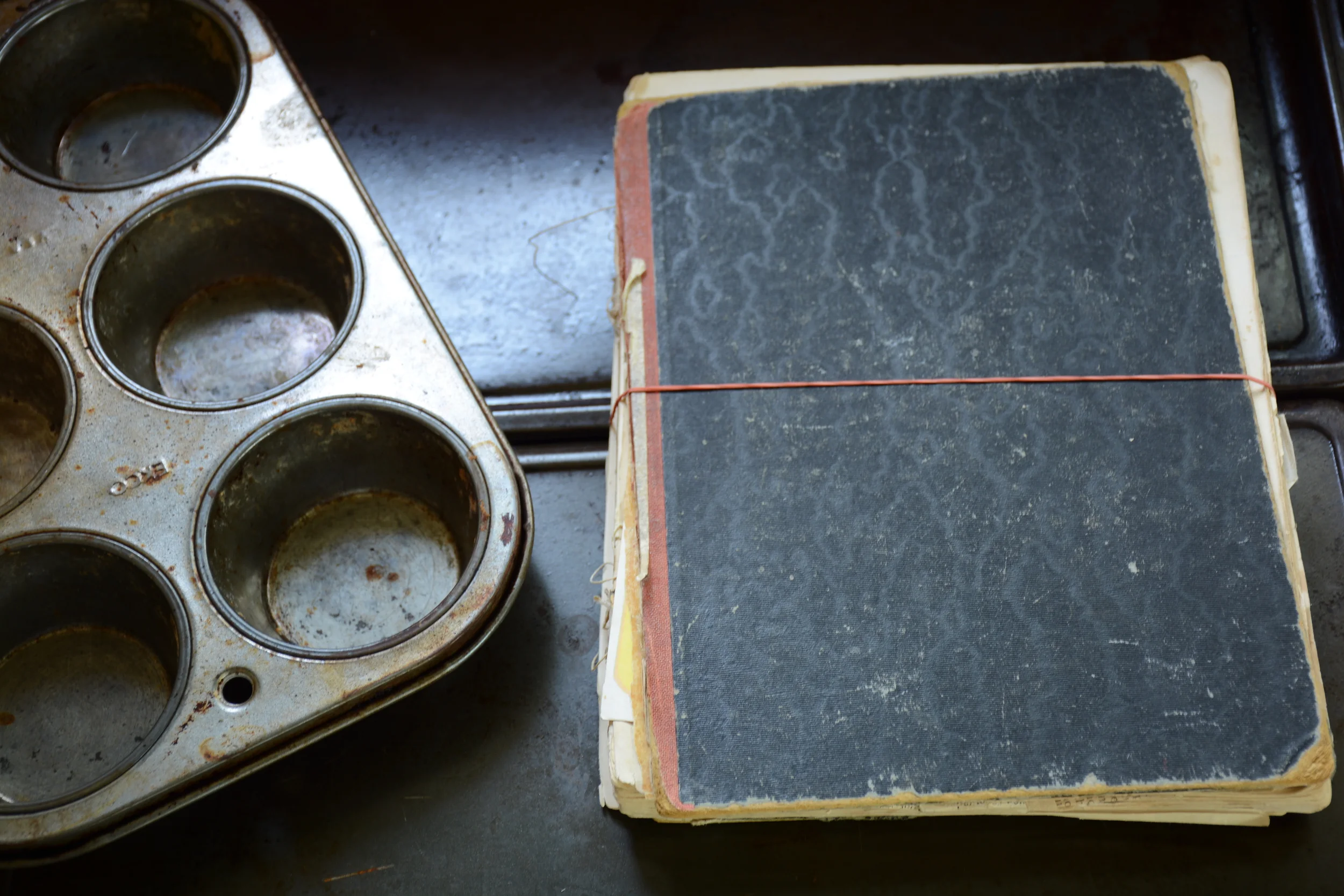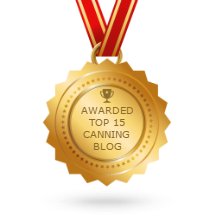Heritage Pickled Eggs
/Back in February I was out in Alberta visiting my mom who is currently going through a bit of a rough patch, so while she was resting I decided I was going to make her some chicken stock. While going through her recipe holder I stumbled across a recipe I had never locked eyes on before.
It was typed on an index card, so I could already guess that it wasn't a 'new' recipe so to speak. When I asked her about it she said she used to make them all the time. Now reaching back into the deep recesses of my mind I can remember my mom's home made raspberry and peach jams, I can remember all of her fabulous cookies and I can remember her super crunchy dill pickles. But I know I have never seen nor heard of her pickled eggs.
We determined that she had to have been making them 'before my time'.
It's a simple enough recipe, but the fact that it is older than me tells me that it might not necessarily be safe. What makes me think that? Well first off, the acetic acid in vinegar used to be much higher than it is today. So the balance of water, salt and vinegar in my mom's pickled egg recipe might not necessarily make it safe for water bath canning today. So what does one do next?
The recipe sounded SO good that I had to try it to find out.
I started with a small batch...just enough to follow the recipe exactly as it was laid out. I am letting it age for the typical 4 weeks that a pickle recipe needs in order for the item being pickled to fully absorb the brine. And the final step will be to pH test it this week.
Each time I try a recipe that is newly created or newly uncovered from old family archives, I pH test the final product to ensure that the pH is within the acceptable limits for water bath canning. What is the best way to pH test a product? I use a digital pH tester that goes to 3 decimal points. If you don't want to invest in a pH tester you can also get strips that are much less expensive but also less accurate.
In this instance, I will take a portion of the egg, the brine and the spices and blend them together until they are all liquified. After calibrating my pH tester I will then test this liquified pickle to get an accurate reading of it's pH. It is important not to just test the pH of the brine but get the fruit or vegetable being pickled in the reading as well.
If the final reading shows me we have a product that is not safe for water bath canning - it will be back to the drawing board. Because no matter how great they may have tasted when my mom used to make them - ingredients change and we have to keep that in mind when using old family recipes.






